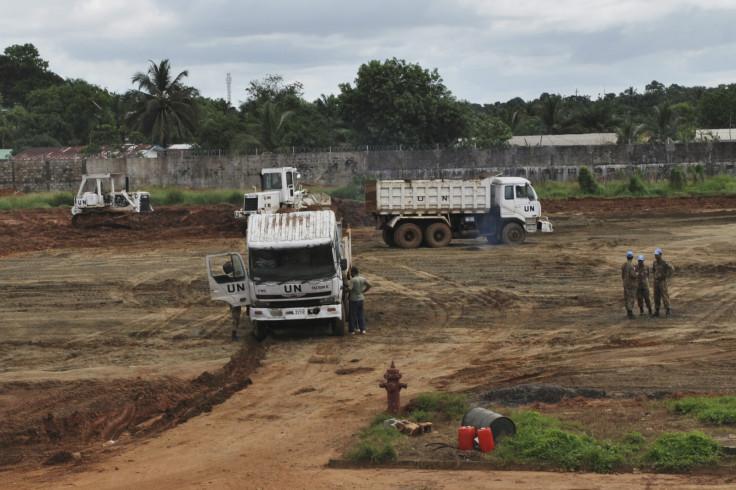Ebola: US Military Struggles To Keep Pace With Racing Virus

US battalions deployed in the battle against Ebola have begun relief work in building temporary clinics, but the pace is still to catch up with the virus that is rapidly multiplying in the population.
International support in terms of health care personnel and equipment as sought by the World Health Organization is not yet forthcoming.
Putting up tents, converting abandoned buildings into health care units, training nurses from the region and conducting tests, the task ahead for the military is immense as the epidemic gathers speed.
Official estimates stood at 6,574 cases of Ebola and 3,091 deaths, reports The Wall Street Journal.
US cargo planes have begun landing with huge rolls of plastic sheets for tents. With a poorly equipped airport at Liberia, even unloading becomes a big task, not to mention the climate of fear.
"Some companies would rather go to Afghanistan than come here," the plane's loadmaster has been quoted as saying, while a nervous first officer in the cockpit who shared a pen with a Liberian rushes to wash his hands, asking: "Am I going to be OK?"
One of the clinics at the airport site will only hold 25 beds meant for health workers, the ones at maximum risk.
While it is hoped that other countries will send their own nurses and doctors, as CDC's head of Ebola response in Liberia, Frank Mahoney says: "It's hard to know where all they'll come from."
WHO has estimated that 1,000 to 2,000 international health workers are needed in the region.
Out of the 2,900 beds that are currently needed according to WHO, countries have promised around 737.
Poor global response
This is an indication of the dire situation on the ground in West Africa and a reflection of the sporadic and half-hearted global response.
Currently, under 18% of those who report symptoms are able to find a treatment centre and a bed, the rest are sent back home.
According to experts, unless 70% of the patients can be placed where they will not transmit the virus, the epidemic is likely to worsen.
Beds fill up as soon as new centres come up, reports Fox News. And still they are not enough. Most patients are directed to holding centres where they await their turn when beds become available.
"If this outbreak continues, the sheer caseload will make it much more difficult to contain," said Dr Bruce Aylward, assistant-director general in charge of emergencies at WHO.
"We will need more health workers to take care of them, more PPE (protective suits), more hospitals, more of everything."
Clinics unable to afford protective equipment are reportedly washing and reusing protective gear that is meant to be worn only once.
Recognising that the top priority in stemming the spread of the virus is protective equipment, WHO is shipping about 240,000 suits including gloves, gowns, masks and boots.
Meanwhile, aid groups are distributing home-care kits with gloves and gowns.
© Copyright IBTimes 2025. All rights reserved.





















